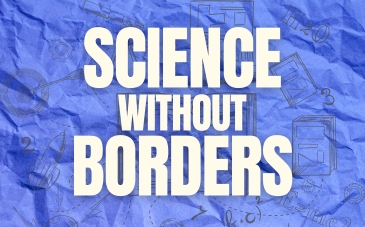National Film Archive preserves amateur and family films as well as classics
The National Film Archive in Hradištek near Prague is a treasure trove of famous and lesser-known Czech films, but also contains a collection of family and amateur films. Over the years, the collection was enriched by private donors or came from the archives of public institutions that were closed down.
The Czech Republic has a rich film heritage administered by the National Film Archive since its establishment in 1943. The institute has not only preserved over 90 percent of the overall movie production since the days of the sound era –and some even before – but has digitized thousands of films of “national archival value” and given new life to the country’s iconic classics. Today the National Film Archive possesses around 150 million meters of film, and over half a million photos.
The curator of the archive Jiří Horníček says that over the years the archive has collected a significant number of amateur productions that also receive expert care.
"We divide this collection into films made by amateur filmmakers and family films. The films made by amateur filmmakers are conceptual works that had scripts and were carefully prepared, the second category is really just family films that document the times."
Films from private donors go to the editing room, where archivists assess them, check them and enter them into the archive’s catalogue. One such family film collection came from Tatiana Lenczová, who donated her father's films to the archive. Imrich Lencz filmed her as a little girl more than 60 years ago, and over the years attempted to capture important moments in the family's life. While such films usually contain random footage and are silent, Mr. Lencz accompanied them with music and commentary. The oldest and most rare family films go back to the beginning of the 20th century.
“The oldest films in the “family films” category are not the traditional family films that we know from the 20s and 30s, made by a family member. The oldest ones were short films of important events such as weddings or jubilees commissioned by rich Prague families and made for them by professionals. One of the oldest that we have here is footage documenting a wedding uniting the heirs to two big publishing houses –the Otto publishing house and the Vilimek publishing house. It is just over a minute long and the wedding took place in April of 1913.”
Occasionally, even amateur filmmakers manage to capture an exceptional moment on film. For example, in a film from a trip to Lány in 1937, a chance visitor captured President T. G. Masaryk in the last days of his life, going for a ride in a carriage with his daughter.
Amateur films come in various formats and are viewed in the editing room and digitized. Jiří Horníček explains.
"For professional films, the standard format is 35mm, which refers to the width of the film strip. Amateurs used to shoot on materials with different widths - 8 mm, 9.5 mm, 16 mm, and we have the equipment to process these film materials here."
Given the fact that the films are the work of amateurs and not always of high quality how much interest is there in viewing them? Jiří Horníček again:
“There is a great of interest from historians who are interested in a given period and who ask to see the material that we have pertaining to that time. And, increasingly, professional filmmakers working on a documentary of the time look for authentic material in our archives filmed both by professionals and amateurs.”









